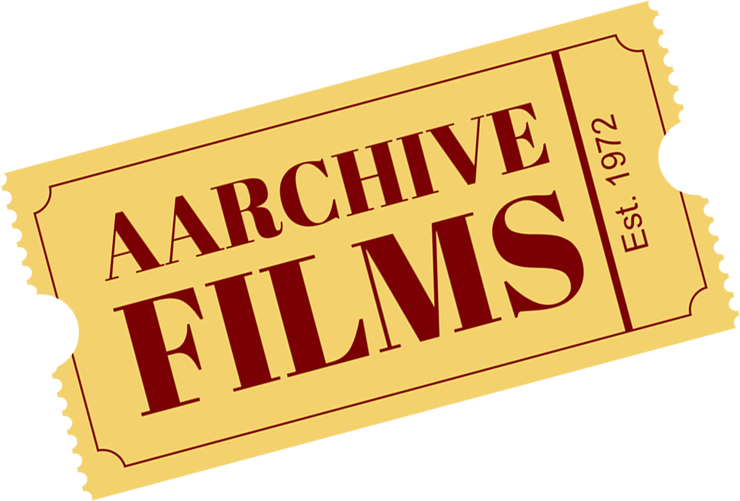Description
 DVD – Colour & B/W – 40 minutes
DVD – Colour & B/W – 40 minutes
The GWR opened a branch from Millbay to Yealmpton in January 1898. Originally planned to terminate at Modbury, the line served the villages of Plymstock, Billacombe, Elburton and Brixton. It stopped at Steer Point where ferries would take passengers across the river to the villages of Noss Mayo and Newton Ferrers.
The film uses photographs and aerial photography together with simulated movie footage to plot the journey through some of the most beautiful countryside in the South Hams. The railway is rich in historical experiences and this film will invoke memories of the old line in those who remember it and educate those who don’t.
Based on the book by Plymouth author, Anthony Kingdom, this unique documentary has arisen due to the extended nature of its companion film ‘The Plymouth to Turnchapel and Cattewater Railways’ originally intended tobe 30 minutes long, but ended up as a 50 minute film. Therefore, a seperate account of the Yealmpton branch has been documented.
94 year old Myrtle Hockaday tells us about the days when she caught the Kitley Belle ferry from Noss Mayo to connect with the train and a section giving brief information about the power units used on the line will add interest for the railway buffs. A short section showing the LSWR Branch from Friary Station to Turnchapel is also included.
This film signals a first, in that it includes narration from Plymouth author Anthony Kingdom, on whose book the film is based.
An Aarchive Film Production

